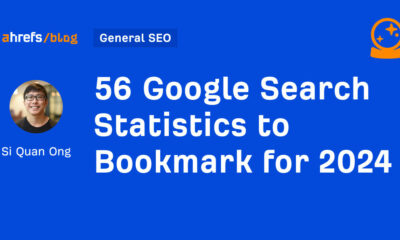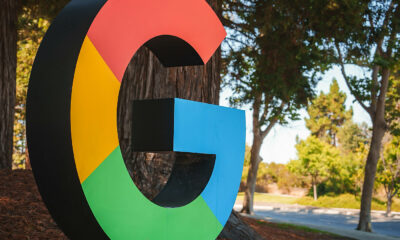Audit Google Display Placements Like a Boss
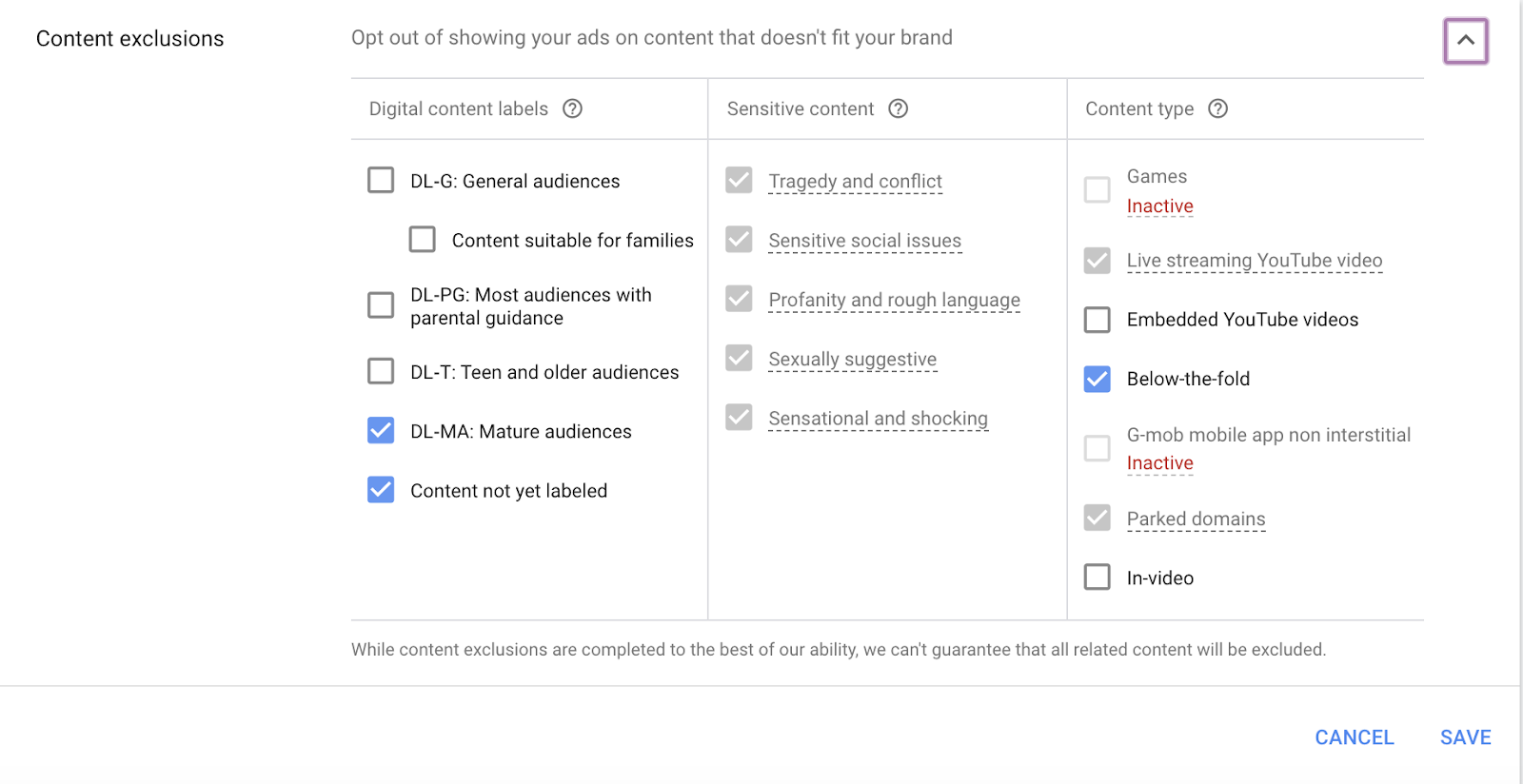
Auditing your display campaign is something that when I started out in the PPC world, I had no idea why or what to do. “It’s getting tons of impressions! Why stop the campaign from doing it’s thing? Don’t we want to get our brand out there?” Now I’m a seasoned newbie and understand the importance of being diligent on display campaigns and that auditing is my very best friend in search.
So Why Audit Your Display Campaigns?
According to Google, the Display Network reaches over 90% of global internet users expanding across 2 million sites. TWO. MILLION. SITES. Those numbers are so massive that I can’t even begin to comprehend what that looks like, but this gives me all the more reason to audit and to stay on top of those placements.
Auditing your display campaign, especially for places that your ad has shown, makes it easy to reduce wasted spend, gather quality data, and narrow down your target audiences to create new audiences for remarketing or other display campaigns. Not only that, but if you have no idea where your image ads are showing, you’re gearing yourself up to hurting your brand image and reputation by showing up on a site that you really should be excluding.
First Things First: Check Your Settings
Knowing what you’re excluding and what you’re potentially running your display ads on will help make this audit easy peasy.
Content Exclusions
Content exclusions are extremely (and I can’t stress this enough) extremely important when you’re running a display campaign. Display campaigns will throw your ads wherever they can get the most views and the most clicks. Depending on your product or your brand, you’ll most likely want to check every box in the middle to avoid having your brand showing on sites that could seriously damage your brand.
This display campaign for a travel industry client above not only has all sensitive content excluded, but also has exclusions on Live Streaming Youtube videos, Below-the-fold, and Parked domains, as well as Mature audience and not yet labeled content. This is because we do not want our client’s brand showing up on domains that are underdeveloped and unregistered, content in which we do not know if any of the other 5 sensitive content categories could show up on, and we do not want our ads showing on live stream as they would cost a lot of money and could be included on videos that we do not know the contents of the video.
Website Exclusions
Now we move to see what websites, and overall theme of websites, have been blocked from our campaign. Although we want to cast a wide net to gather audience data, and use this campaign for remarketing, we want to ensure that our client’s content isn’t showing up on anything related to spam, inappropriate, or irrelevant sites. You’ve heard the phrase, “Right place at the right time?” You don’t want your ad, say for a great deal to book a trip to Europe, to show up on a site related to bad news in the travel industry.
Finding Your Placements & Auditing Tips
Now let’s get to the meat and potatoes of this blog post – auditing your display placements. Auditing your placements is especially beneficial if you’ve had your campaign running for a bit and have had no exclusions, or bare minimum exclusions, in your campaign. Click into your display campaign in Google Ads and you’ll go to the placements tab on the left side of the interface:
Here is where you can see any placements that you selected for your display campaign, where your ads showed, and any exclusions that are already set for the campaign. I typically do not put any specific placements on our display campaigns, and rely more on our exclusions, as I try to cast the net as carefully as I can with including content and site exclusions to gather audience data. That doesn’t mean that automatic placements for ads don’t work – check this neat case study about automatic placements and the arguments for it. But now we’re ready to sort through this data and refine our exclusions, since Google doesn’t guarantee that all exclusions from the content settings will not house our ad.
I like to start looking at exclusions based on performance. I download my data into a Google Sheet to sort through and include metrics such as impressions, clicks, cost, average CPC, and conversions. I then sort through my data, starting with domains with high impressions and little to no clicks. Excluding anything that has a high amount of impressions but little-to-no clicks, ones with abnormally high click-through rates, and ones that are costing money but not performing. For example, you can see below that some of these placements are being shown quite a lot, but have under 20 clicks and no conversions:
Then I like to go through the list and see if there are any themes to exclude. I typically don’t like to have my ads on kids games and apps, as it’s a waste of money for us, kids can’t book flights to vacation in Europe! With apps, these ads are typically a waste in spend because it’s either 1. Someone trying to get through the ad just to go back and play their game or 2. the ad just hangs out in the game, never to be clicked on (on purpose) and heard from again.
Since this display campaign is targeting the United States and the English language only, I also like to check for foreign website domains that may pop up. Example website domains I look at are .ro, .es, .de, .nl, .io, .cc et cetera and add them as an exclusion as well. But this depends on the targeting of your campaign, so just know that if you’re targeting outside of the United States, you’ll see different domains outside of .org, .com, and .net.
And there you have it! A very simple audit that can help reduce your spend and up the quality of your data.
AI
Exploring the Evolution of Language Translation: A Comparative Analysis of AI Chatbots and Google Translate

According to an article on PCMag, while Google Translate makes translating sentences into over 100 languages easy, regular users acknowledge that there’s still room for improvement.
In theory, large language models (LLMs) such as ChatGPT are expected to bring about a new era in language translation. These models consume vast amounts of text-based training data and real-time feedback from users worldwide, enabling them to quickly learn to generate coherent, human-like sentences in a wide range of languages.
However, despite the anticipation that ChatGPT would revolutionize translation, previous experiences have shown that such expectations are often inaccurate, posing challenges for translation accuracy. To put these claims to the test, PCMag conducted a blind test, asking fluent speakers of eight non-English languages to evaluate the translation results from various AI services.
The test compared ChatGPT (both the free and paid versions) to Google Translate, as well as to other competing chatbots such as Microsoft Copilot and Google Gemini. The evaluation involved comparing the translation quality for two test paragraphs across different languages, including Polish, French, Korean, Spanish, Arabic, Tagalog, and Amharic.
In the first test conducted in June 2023, participants consistently favored AI chatbots over Google Translate. ChatGPT, Google Bard (now Gemini), and Microsoft Bing outperformed Google Translate, with ChatGPT receiving the highest praise. ChatGPT demonstrated superior performance in converting colloquialisms, while Google Translate often provided literal translations that lacked cultural nuance.
For instance, ChatGPT accurately translated colloquial expressions like “blow off steam,” whereas Google Translate produced more literal translations that failed to resonate across cultures. Participants appreciated ChatGPT’s ability to maintain consistent levels of formality and its consideration of gender options in translations.
The success of AI chatbots like ChatGPT can be attributed to reinforcement learning with human feedback (RLHF), which allows these models to learn from human preferences and produce culturally appropriate translations, particularly for non-native speakers. However, it’s essential to note that while AI chatbots outperformed Google Translate, they still had limitations and occasional inaccuracies.
In a subsequent test, PCMag evaluated different versions of ChatGPT, including the free and paid versions, as well as language-specific AI agents from OpenAI’s GPTStore. The paid version of ChatGPT, known as ChatGPT Plus, consistently delivered the best translations across various languages. However, Google Translate also showed improvement, performing surprisingly well compared to previous tests.
Overall, while ChatGPT Plus emerged as the preferred choice for translation, Google Translate demonstrated notable improvement, challenging the notion that AI chatbots are always superior to traditional translation tools.
Source: https://www.pcmag.com/articles/google-translate-vs-chatgpt-which-is-the-best-language-translator
Google Implements Stricter Guidelines for Mass Email Senders to Gmail Users
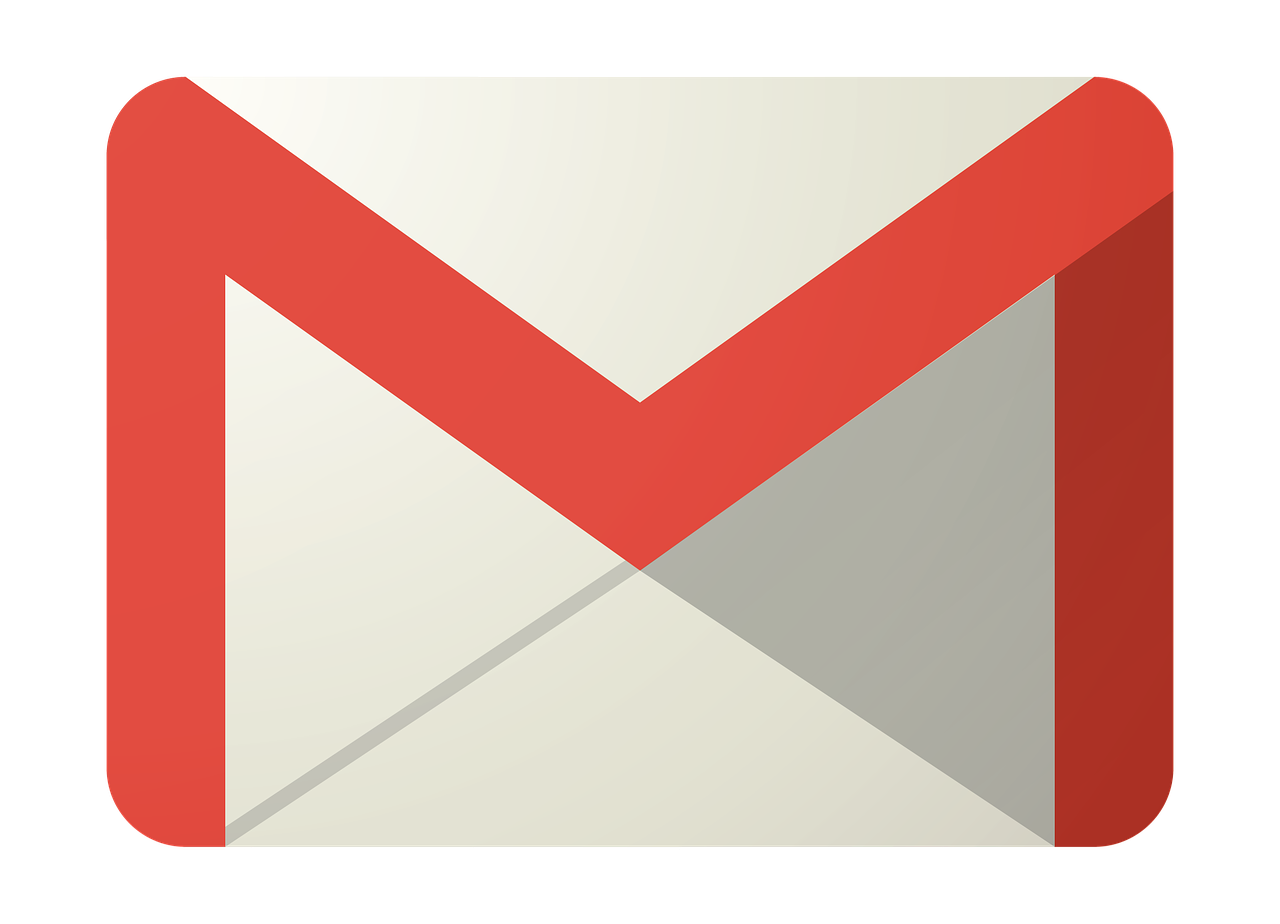
Beginning in April, Gmail senders bombarding users with unwanted mass emails will encounter a surge in message rejections unless they comply with the freshly minted Gmail email sender protocols, Google cautions.
Fresh Guidelines for Dispatching Mass Emails to Gmail Inboxes In an elucidative piece featured on Forbes, it was highlighted that novel regulations are being ushered in to shield Gmail users from the deluge of unsolicited mass emails. Initially, there were reports surfacing about certain marketers receiving error notifications pertaining to messages dispatched to Gmail accounts. Nonetheless, a Google representative clarified that these specific errors, denoted as 550-5.7.56, weren’t novel but rather stemmed from existing authentication prerequisites.
Moreover, Google has verified that commencing from April, they will initiate “the rejection of a portion of non-compliant email traffic, progressively escalating the rejection rate over time.” Google elaborates that, for instance, if 75% of the traffic adheres to the new email sender authentication criteria, then a portion of the remaining non-conforming 25% will face rejection. The exact proportion remains undisclosed. Google does assert that the implementation of the new regulations will be executed in a “step-by-step fashion.”
This cautious and methodical strategy seems to have already kicked off, with transient errors affecting a “fraction of their non-compliant email traffic” coming into play this month. Additionally, Google stipulates that bulk senders will be granted until June 1 to integrate “one-click unsubscribe” in all commercial or promotional correspondence.
Exclusively Personal Gmail Accounts Subject to Rejection These alterations exclusively affect bulk emails dispatched to personal Gmail accounts. Entities sending out mass emails, specifically those transmitting a minimum of 5,000 messages daily to Gmail accounts, will be mandated to authenticate outgoing emails and “refrain from dispatching unsolicited emails.” The 5,000 message threshold is tabulated based on emails transmitted from the same principal domain, irrespective of the employment of subdomains. Once the threshold is met, the domain is categorized as a permanent bulk sender.
These guidelines do not extend to communications directed at Google Workspace accounts, although all senders, including those utilizing Google Workspace, are required to adhere to the updated criteria.
Augmented Security and Enhanced Oversight for Gmail Users A Google spokesperson emphasized that these requisites are being rolled out to “fortify sender-side security and augment user control over inbox contents even further.” For the recipient, this translates to heightened trust in the authenticity of the email sender, thus mitigating the risk of falling prey to phishing attempts, a tactic frequently exploited by malevolent entities capitalizing on authentication vulnerabilities. “If anything,” the spokesperson concludes, “meeting these stipulations should facilitate senders in reaching their intended recipients more efficiently, with reduced risks of spoofing and hijacking by malicious actors.”
Google’s Next-Gen AI Chatbot, Gemini, Faces Delays: What to Expect When It Finally Launches
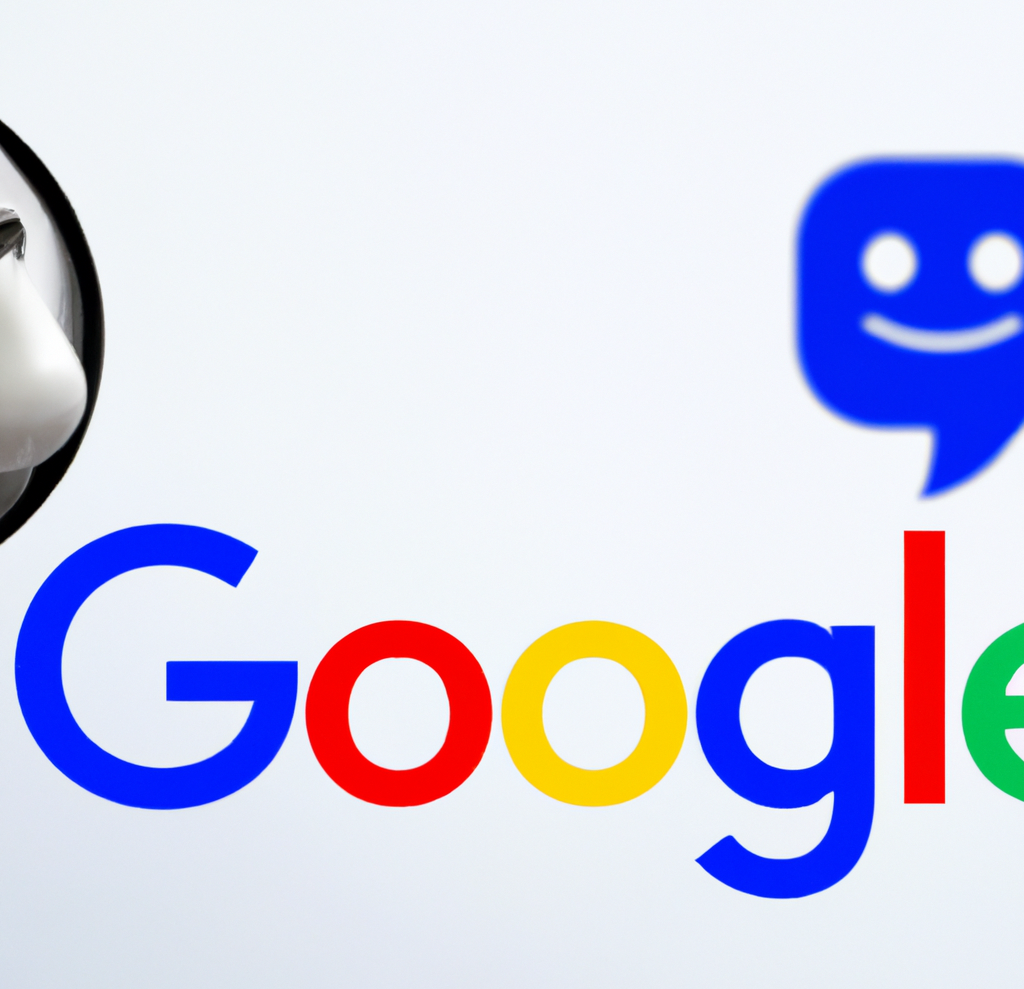
In an unexpected turn of events, Google has chosen to postpone the much-anticipated debut of its revolutionary generative AI model, Gemini. Initially poised to make waves this week, the unveiling has now been rescheduled for early next year, specifically in January.
Gemini is set to redefine the landscape of conversational AI, representing Google’s most potent endeavor in this domain to date. Positioned as a multimodal AI chatbot, Gemini boasts the capability to process diverse data types. This includes a unique proficiency in comprehending and generating text, images, and various content formats, even going so far as to create an entire website based on a combination of sketches and written descriptions.
Originally, Google had planned an elaborate series of launch events spanning California, New York, and Washington. Regrettably, these events have been canceled due to concerns about Gemini’s responsiveness to non-English prompts. According to anonymous sources cited by The Information, Google’s Chief Executive, Sundar Pichai, personally decided to postpone the launch, acknowledging the importance of global support as a key feature of Gemini’s capabilities.
Gemini is expected to surpass the renowned ChatGPT, powered by OpenAI’s GPT-4 model, and preliminary private tests have shown promising results. Fueled by significantly enhanced computing power, Gemini has outperformed GPT-4, particularly in FLOPS (Floating Point Operations Per Second), owing to its access to a multitude of high-end AI accelerators through the Google Cloud platform.
SemiAnalysis, a research firm affiliated with Substack Inc., expressed in an August blog post that Gemini appears poised to “blow OpenAI’s model out of the water.” The extensive compute power at Google’s disposal has evidently contributed to Gemini’s superior performance.
Google’s Vice President and Manager of Bard and Google Assistant, Sissie Hsiao, offered insights into Gemini’s capabilities, citing examples like generating novel images in response to specific requests, such as illustrating the steps to ice a three-layer cake.
While Google’s current generative AI offering, Bard, has showcased noteworthy accomplishments, it has struggled to achieve the same level of consumer awareness as ChatGPT. Gemini, with its unparalleled capabilities, is expected to be a game-changer, demonstrating impressive multimodal functionalities never seen before.
During the initial announcement at Google’s I/O developer conference in May, the company emphasized Gemini’s multimodal prowess and its developer-friendly nature. An application programming interface (API) is under development, allowing developers to seamlessly integrate Gemini into third-party applications.
As the world awaits the delayed unveiling of Gemini, the stakes are high, with Google aiming to revolutionize the AI landscape and solidify its position as a leader in generative artificial intelligence. The postponed launch only adds to the anticipation surrounding Gemini’s eventual debut in the coming year.
-

 PPC6 days ago
PPC6 days agoHow the TikTok Algorithm Works in 2024 (+9 Ways to Go Viral)
-

 SEO5 days ago
SEO5 days agoHow to Use Keywords for SEO: The Complete Beginner’s Guide
-

 SEO7 days ago
SEO7 days agoBlog Post Checklist: Check All Prior to Hitting “Publish”
-

 MARKETING6 days ago
MARKETING6 days agoHow To Protect Your People and Brand
-

 SEARCHENGINES7 days ago
SEARCHENGINES7 days agoGoogle Started Enforcing The Site Reputation Abuse Policy
-

 PPC7 days ago
PPC7 days agoHow to Brainstorm Business Ideas: 9 Fool-Proof Approaches
-

 MARKETING7 days ago
MARKETING7 days agoElevating Women in SEO for a More Inclusive Industry
-

 MARKETING5 days ago
MARKETING5 days agoThe Ultimate Guide to Email Marketing


